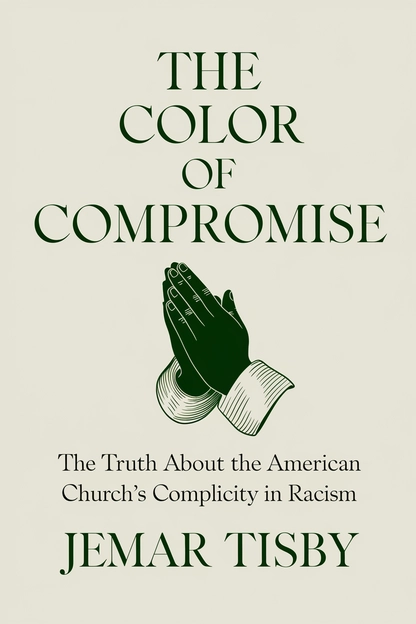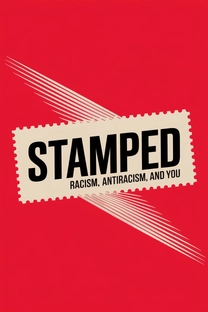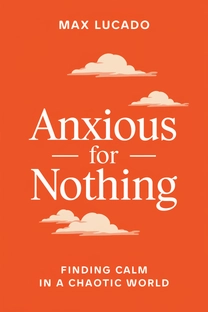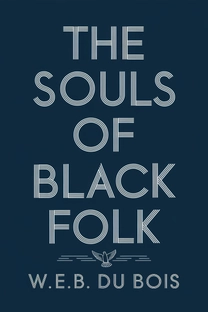
The Color of Compromise
The Truth about the American Church’s Complicity in Racism
by Jemar Tisby
Brief overview
This book explores how churches in the United States have continually wrestled with racial injustice from the colonial era to modern times. It sheds light on the ways Christians have sometimes resisted bigotry but too often stood by or even supported it. Readers can expect a frank, eye-opening account of the past that also calls them to advocate for a more equitable future.
Introduction
Imagine sitting in a pew, expecting spiritual guidance, yet finding the church you trust silently tolerating injustice. This tension between faith and racism is what drives this book’s message. From the early days of the colonies through the Civil Rights era and beyond, churches have struggled with how – or whether – to fight for equality.
History shows that many believers drew from biblical teachings to champion emancipation and civil rights. At the same time, other Christians distorted Scripture to justify discrimination. The American church has often had both the power to challenge inequalities and the tendency to cling to social advantage.
Nevertheless, the fact that some Christians opposed racism in every age reminds us it’s possible to stand against injustice even when the culture resists. Today, examining the past can show where we still fall short and how solidarity with marginalized voices can heal longstanding wounds.
We’ll delve into events and themes that shaped our nation, illuminating how faith was too frequently co-opted by racial prejudice. In turn, we’ll also discover individuals who modeled the transformative power of a conscience motivated by Christ-like love.
Seeds of Racial Compromise
Early European colonists brought more than just goods and supplies to America – they also carried preconceived ideas about skin color and ‘civilized’ culture. When Christianity arrived with them, it initially offered hope but soon became intertwined with the new system of racial hierarchy. Missionaries sometimes shared Scripture with Native Americans and Africans, but they also saw them as lesser.
In the colonial era, some leaders perceived opportunities to convert enslaved people, yet they resisted deeper transformation. The theology of ‘hereditary heathenism’ took root, wrongly tying race to religion. Even sincere evangelism was tarnished when colonial Christians valued social status over God’s inclusive call.
Over time, laws enforcing slavery and segregation hardened attitudes. Enslaved Africans were regarded as property, creating a moral chasm in the church. Rather than condemning bondage outright, many white believers focused on saving souls without dismantling oppressive systems.
Despite these missteps, seeds of resistance sprouted. Some preachers and laypeople sensed the dissonance of preaching love while perpetuating cruelty. This contrast set the stage for repeated conflicts within Christian communities about whether faith could remain indifferent to racial injustice.
What is The Color of Compromise about?
"The Color of Compromise: The Truth about the American Church’s Complicity in Racism" by Jemar Tisby delves into the complex relationship between the Christian Church in America and the longstanding issue of racial injustice. The book uncovers how religious institutions have been both complicit and resistant to racism from the early days of the colonies to the present. Tisby presents a meticulous examination of history, highlighting crucial moments where churches either advocated for or failed to act against racial inequalities. This powerful narrative encourages readers to confront uncomfortable truths and work towards a future marked by true equality and justice.
Amid this exploration, Tisby meticulously outlines the ways in which racism has infiltrated American churches, showcasing the contradictory roles played by believers throughout history. From supporting slavery to participating in the Civil Rights Movement, the book presents a balanced account, urging faith communities to adopt resolute action against racism today. Tisby's work stands as an essential read for anyone seeking to understand the critical intersection of faith and race, challenging readers to acknowledge past errors and commit to lasting change.
Highlighting key historical events, "The Color of Compromise" reveals how religious moderation and societal expectations have limited the transformative potential of faith. Tisby calls for profound self-reflection, offering steps for churches to engage in meaningful antiracism initiatives actively. With its diligent research and persuasive storytelling, this book is a clarion call for change, emphasizing that understanding the past is vital to forge a fairer future.
Review of The Color of Compromise
Jemar Tisby’s "The Color of Compromise" is an insightful and sobering exploration of America's racial history within church communities. This well-researched work stands out for its clear delineation of key moments when churches took various moral stances on racial matters. Tisby adorns these accounts with thorough historical evidence, making the book's narrative both compelling and credible. By dissecting instances where religious institutions either resisted or endorsed racial injustice, Tisby challenges readers to reconcile faith with tangible action.
One of the book's key strengths is its balanced perspective—Tisby presents both the failures and resistances found within churches, acknowledging complex imperial legacies without relegating Christianity to a monolithic stance. The book's practicality shines through in its prescriptions for change; it empowers readers with concrete steps faith communities can adopt towards becoming anti-racist advocates. The writing style is both accessible and enlightening, devoid of unnecessary jargon and rich in clarity, ensuring that the subject matter resonates effectively across different audiences.
This work is essential reading for anyone engaged in religious communities or committed to social equity. Tisby skillfully navigates sensitive subjects, ensuring the message remains accessible yet profoundly impactful. Ultimately, "The Color of Compromise" offers both a history lesson and a moral compass, urging readers—and particularly believers—to reflect and act with courage. Its conclusions are clear and consider a diverse range of perspectives, culminating in an unequivocal call for personal and institutional transformation.
Who should read The Color of Compromise?
- History enthusiasts interested in the intersection of race and religion, as this book provides a detailed exploration of historical events within these contexts.
- Church leaders and members committed to fostering a more equitable, racially inclusive environment, offering actionable insights for transformation.
- Social justice advocates seeking to understand how religious complicity has shaped modern-day racial relations, equipping them with knowledge to facilitate change.
- Educators looking to incorporate comprehensive perspectives into discussions about race, providing a nuanced lens into historical and contemporary inequalities.
- Theologians and religious scholars examining the moral and ethical implications of religious institutions' roles in race relations, prompting deeper academic discussion.
About the author
Book summaries like The Color of Compromise
Why readers love Mindleap
10-Minute Book Insights
Get the core ideas from the world's best books in just 10 minutes of reading or listening.
Curated For You
Discover your next favorite book with personalized recommendations based on your interests.
AI Book ExpertNew
Chat with our AI to help find the best book for you and your goals.
Reviews of MindLeap
Love how I can get the key ideas from books in just 15 minutes! Perfect for my busy schedule and helps me decide which books to read in full.
Alex R.
The summaries are incredibly well-written and the audio feature is perfect for my commute. Such a time-saver!
Jessica M.
Great app for personal growth. The insights are clear and actionable, and I love how they capture the essence of each book.
Chris P.
The app is beautifully designed and the summaries are top-notch. Definitely worth every penny!
Sarah K.




